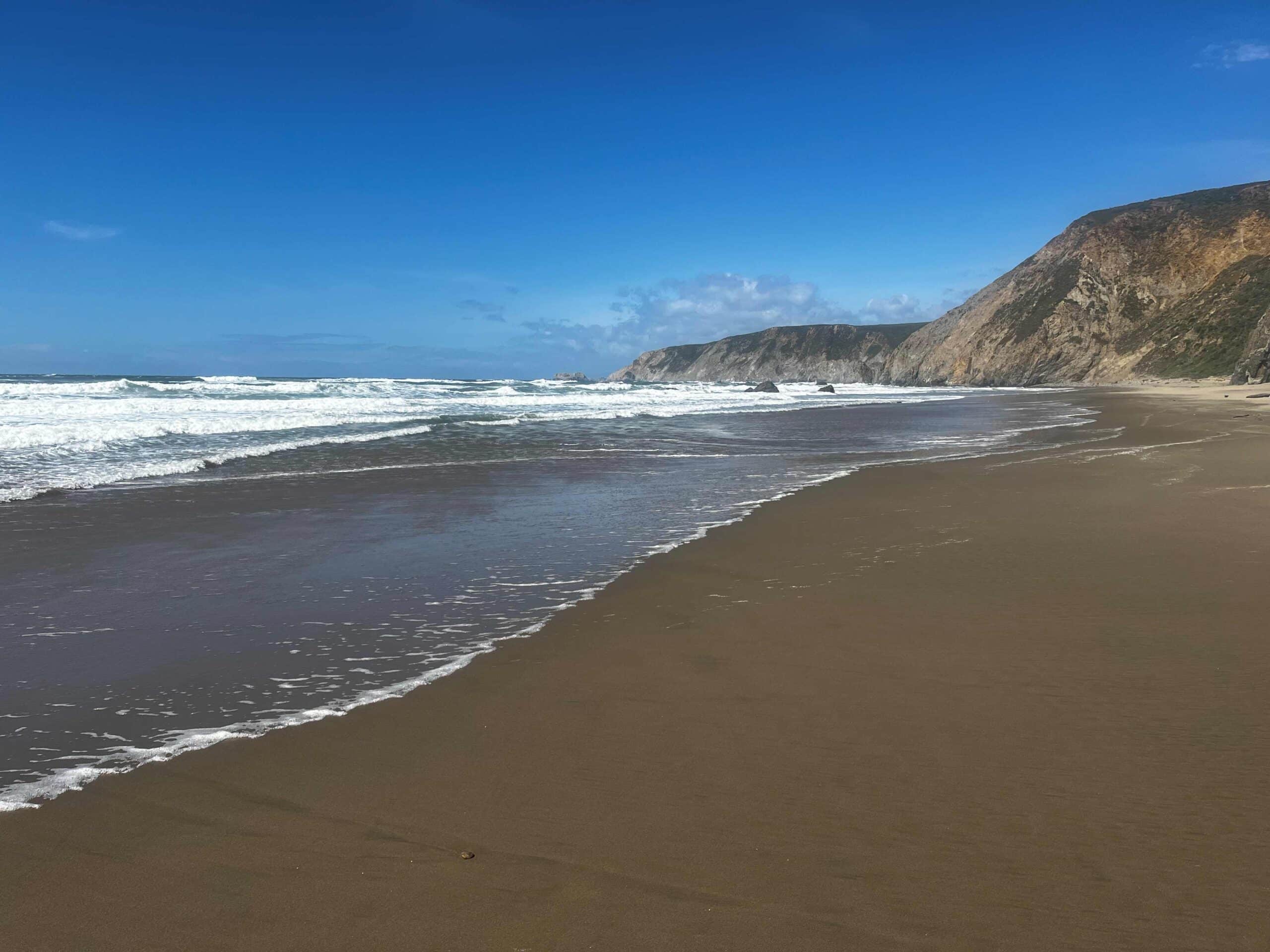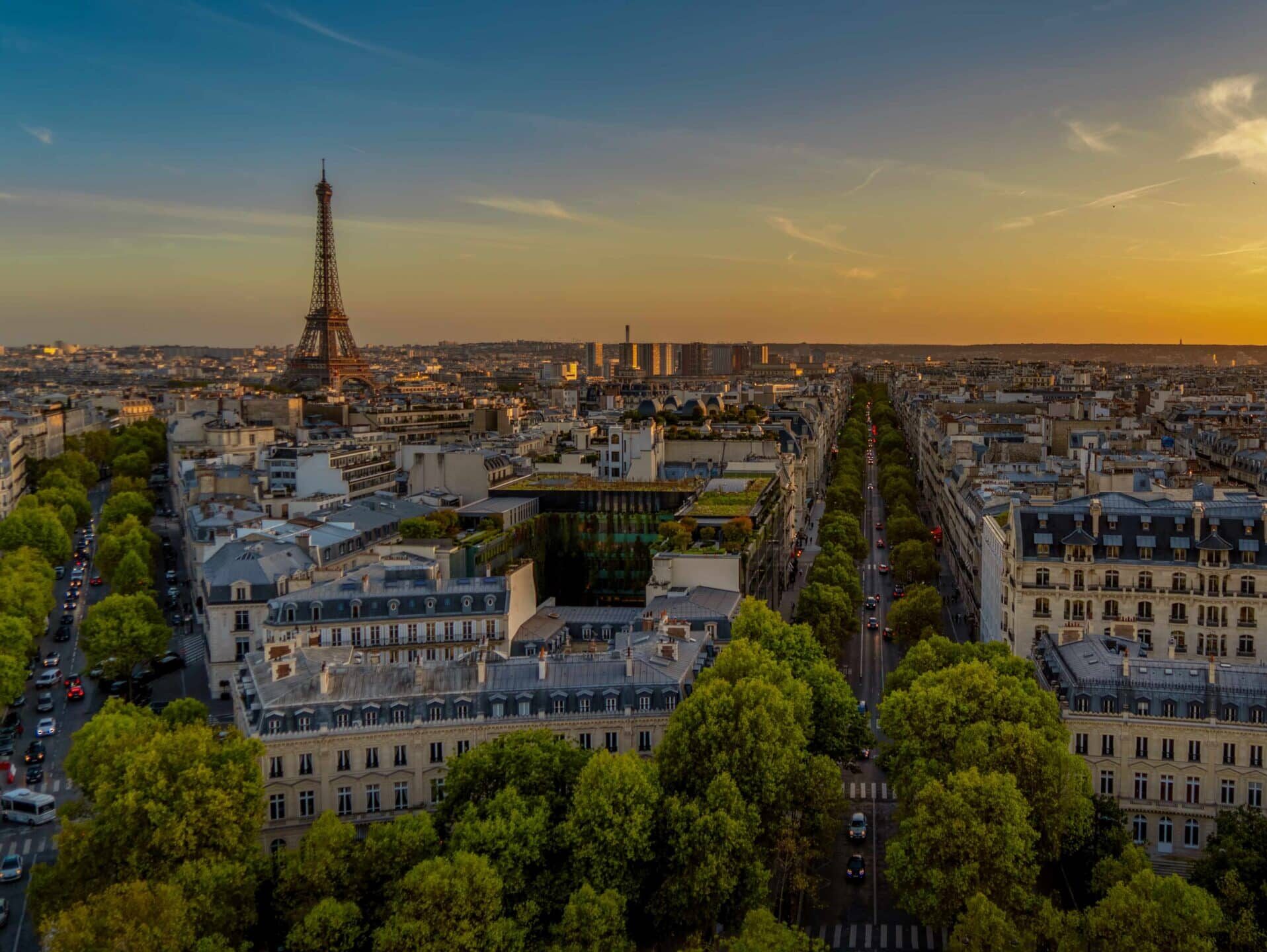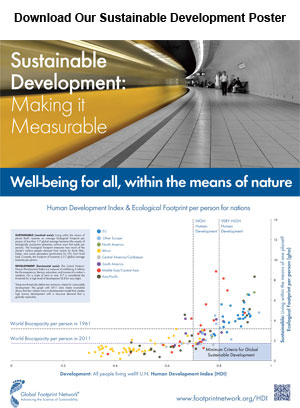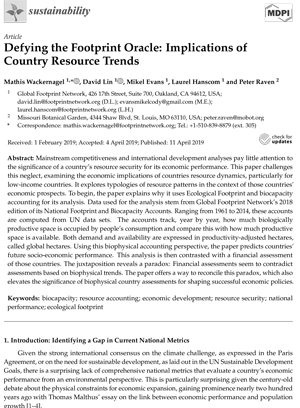Sustainable Development
Sustainable development is successful only when it improves people's well-being without degrading the environment.“Development” is shorthand for committing to well-being for all. “Sustainable” implies that such development must occur within what the planet’s ecosystems are able to replenish, year after year. We need to secure people’s well-being within the means of nature. This is how UNEP, WWF, and IUCN stipulated the conditions for sustainable development in their landmark report “Caring for the Earth.”
One simple way to assess sustainable development’s two dimensions is by using the Ecological Footprint and Human Development Index (HDI) (Boutaud 2002). Because both these indicators apply to various geographic scales (globe, region, country, community), this framework can be used to track sustainable development progress at any scale.
The United Nations considers an HDI greater than 0.8 to be “very high,” and 0.7 as “high” human development. Universally replicable well-being requires an average Ecological Footprint less than world-average biocapacity. At humanity’s current population size, there are 1.5 global hectares of biologically productive area per person on Earth. This corresponds to the horizontal “1 Earth” line in the figure below.
Given growing populations and recognizing wild species’ needs for biocapacity, the average Ecological Footprint per person worldwide needs to fall significantly below this threshold. One such point of view is (late) E.O. Wilson’s suggestion for using just half of Earth’s resources in order to secure 85% of the world’s biodiversity (Wilson 2016).
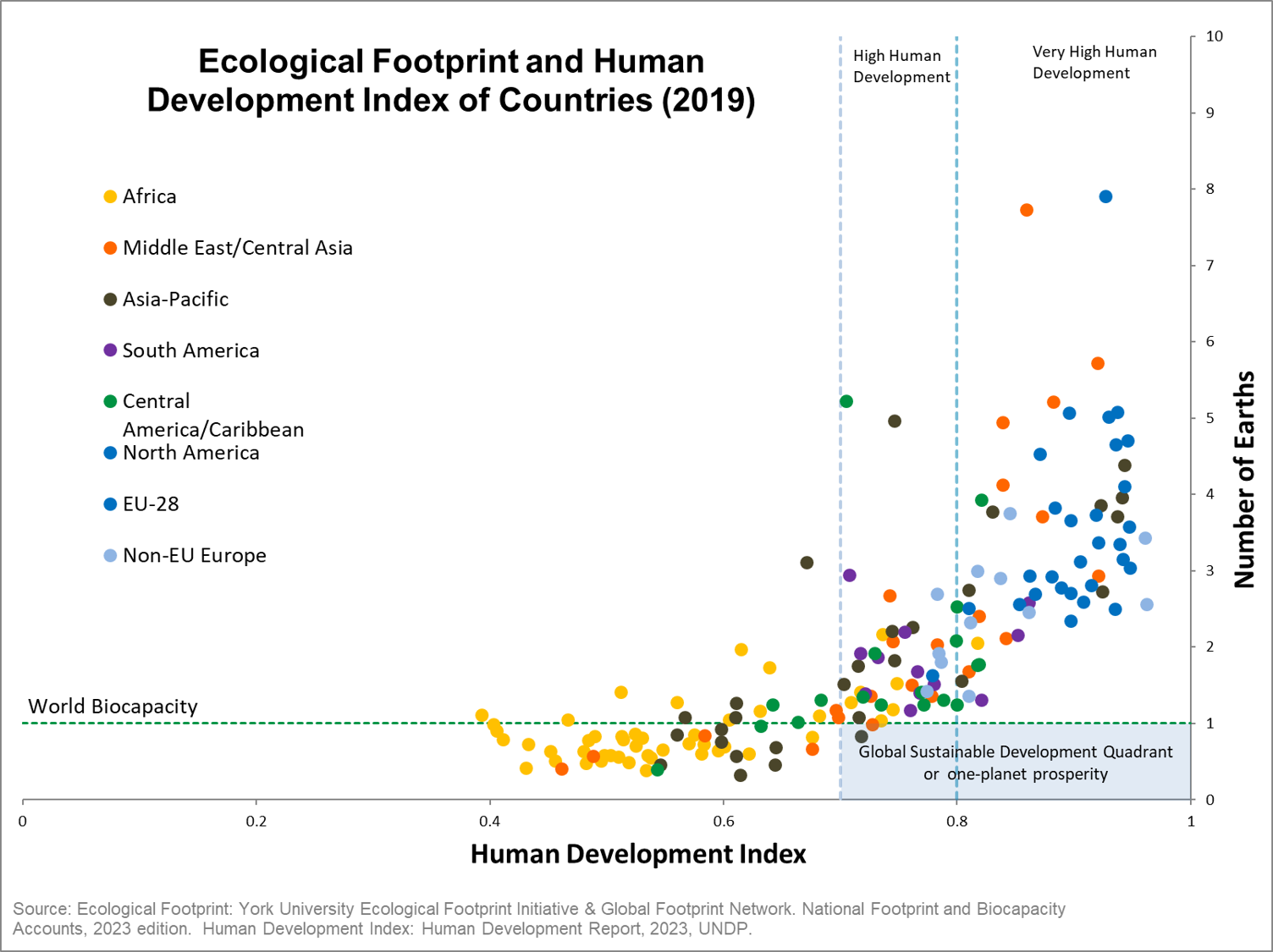
As shown in the figure above, measuring HDI and the Ecological Footprint reveals that very few countries come close to achieving these basic conditions for global sustainable development (the blue quadrant). This is despite the growing adoption of the Sustainable Development Goals and other policies that strive to increase well-being without eroding humanity’s long-term resilience. In fact, those goals may be too soft to drive environmental sustainability (Wackernagel et al. 2017). By naming the blue quadrant “one-planet prosperity”, sustainable development becomes more explicit. It directly speaks to the need for all to thrive, within the planetary resource budget of our one Earth.
This reasoning is also applicable to businesses, as explained in the visual e-book produced with Schneider Electric. It argues one-planet prosperity is becoming essential for successful business strategies. This is also emphasized in our Earth Overshoot Day 2023 theme on circular businesses.
Kate Raworth has playfully pushed this thinking, advocating for a “safe and just operating space.” She depicts the sustainable development challenge as a two-dimensional doughnut, the inner edge representing the minimal social foundation and the outer edge of the doughnut the upper ecological ceiling (Raworth 2017). Therefore, the “flesh” of the doughnut corresponds to the “safe and just operating space,” the same space depicted as the blue “global sustainable development” box in the lower right corner of the HDI-Footprint diagram. The clever and catchy depiction of a doughnut inspired her to promote this approach as “doughnut economics,” an economic theory with the purpose of supporting human wellbeing within the constraints of our planet.
Video
How much Nature do we have? How much do we use? | Mathis Wackernagel | TEDxSanFrancisco | Explains the HDI-Footprint diagram and its implications.
References
- Boutaud, Aurélien. “Développement Durable: Quelques Vérités Embarrassantes.” Économie et Humanisme, 2002, pp. 4–7, http://www.revue-economie-et-humanisme.eu/bdf/docs/r363_4_devdurable_boutaud.pdf.
- Moran, Daniel D., Mathis Wackernagel, Justin A. Kitzes, Steven H. Goldfinger, Aurélien Boutaud, 2008, “Measuring Sustainable Development – Nation by Nation,” Ecological Economics, vol. 64, issue 3, pages 470-474.
- Wilson, Edward O. Half-Earth: Our Planet’s Fight for Life. W. W. Norton & Company, 2016.
- Global Footprint Network and Schneider Electric, Strategies for one-planet prosperity: How to build lasting success on our finite planet. 2020. ebook. https://www.se.com/ww/en/download/document/earth_overshoot_day/
- Global Footprint Network and Schneider Electric, The business case for one-planet prosperity. 2019. https://www.se.com/ww/en/download/document/one_planet_prosperity/
- Raworth, Kate. Doughnut Economics: Seven Ways to Think Like a 21st-Century Economist. Chelsea Green Publishing, 2017.
- United Nations Development Programme, 2013 Human Development Report 2013: The Rise of the South: Human Progress in a Diverse World, by the United Nations Development Programme, New York, NY 10017, USA. [see Figure 1.7. Few countries show both the high HDI and low ecological footprint required for sustainable human development]
- UNEP/IUCN/WWF Munro, David A (editor). Caring for the Earth : A Strategy for Sustainable Living. 1991, https://portals.iucn.org/library/node/6439.
- Wackernagel, Mathis, Laurel Hanscom and David Lin. “Making the Sustainable Development Goals Consistent with Sustainability” Front. Energy Res., 11 July 2017 | https://doi.org/10.3389/fenrg.2017.00018
- Wackernagel, Mathis, Hanscom, Laurel, Jayasinghe, Priyangi., Lin, David, Murthy, Adeline., Neill, Evan., Raven, Peter., 2021. The importance of resource security for poverty eradication. Nature Sustainability. Volume 4, pages731–738. https://doi.org/10.1038/s41893-021-00708-4. Plus supplementary information.
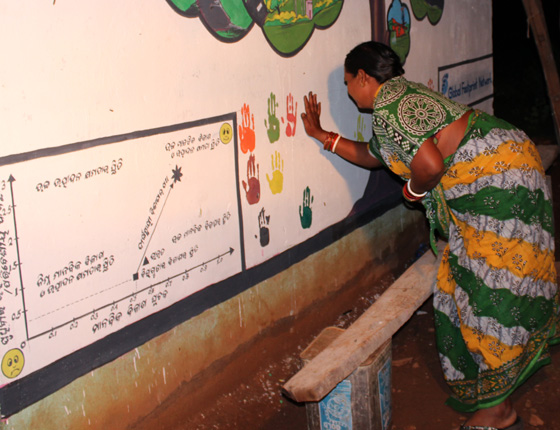
Local Action
At the local level, Global Footprint Network piloted a tool help international development organizations and social entrepreneurs assess whether their projects are improving human well-being in an environmentally sustainable way. We assessed human well-being and resource security at a micro scale to help our partners better understand development progress. Instead of measuring impact by documenting the implementation of specific strategies, the project used HDI and Ecological Footprint calculations to take a step back and ask, “Is this project improving people’s lives? And is it environmentally sustainable?”
Related Blog Posts




